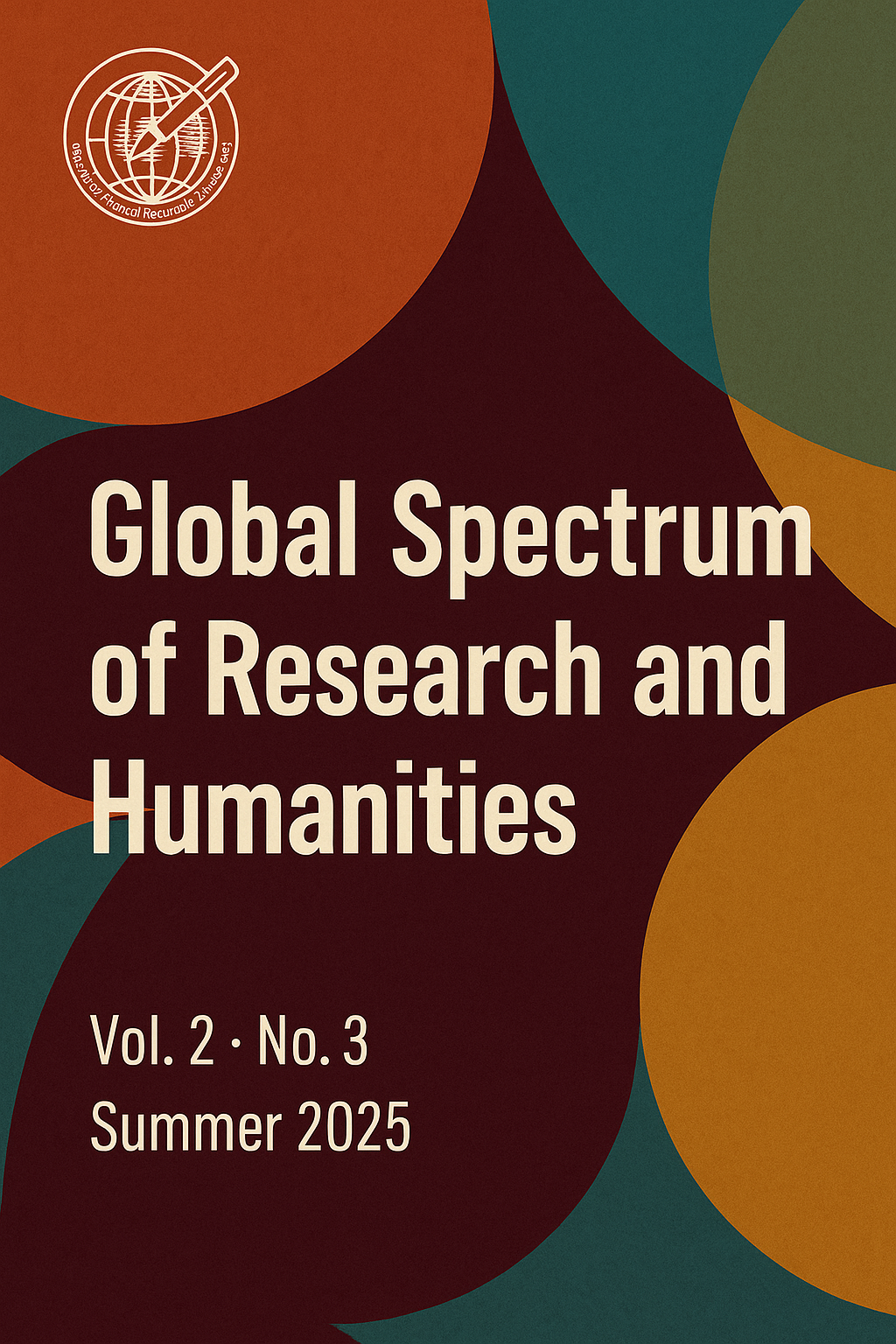The Importance of Writing in Language Acquisition: A Cognitive, Communicative, and Pedagogical Perspective
DOI:
https://doi.org/10.69760/gsrh.0203025014Keywords:
language acquisition, writing, second language learning, ESL, metalinguistic awareness, SLA, literacy, communicative competenceAbstract
Writing is a fundamental component of second language acquisition (SLA), enhancing learners’ ability to internalize grammatical structures, expand vocabulary and engage in deeper language processing. Despite the emphasis on speaking and listening in communicative approaches, writing supports metalinguistic awareness and long-term retention. This article explores the cognitive and pedagogical functions of writing in language learning through a review of key theories and classroom-based evidence. A mixed-methods study involving literature analysis, classroom observations and learner surveys supports the conclusion that writing significantly contributes to comprehensive language development. This article seeks to explore and affirm the centrality of writing in the process of language acquisition. It draws on theoretical models, empirical studies and classroom observations to argue that writing is not only an outcome of language learning but also a driver of it. By highlighting the cognitive, pedagogical and social dimensions of writing, this article aims to contribute to a more balanced and integrated understanding of language acquisition and offer practical insights for educators, curriculum designers and language learners alike. This article investigates the significance of writing in SLA and presents evidence supporting its integration into language pedagogy.
References
Alisoy, H. (2022). The importance of listening in language acquisition. Xarici Dillərin Tədrisi Və Tədqiqində Ənənəviliyin Və Müasirliyin Vəhdəti, 44–50.
Ferris, D. (2002). Treatment of error in second language student writing. University of Michigan Press.
Flower, L., & Hayes, J. R. (1981). A cognitive process theory of writing. College Composition and Communication, 32(4), 365–387. https://doi.org/10.2307/356600
Hyland, K. (2003). Second language writing. Cambridge University Press.
Kessler, G. (2013). Collaborative language learning in co-constructed participatory culture. CALICO Journal, 30(3), 307–322. https://doi.org/10.11139/cj.30.3.307-322
Khudaverdiyeva, T. (2024). Enhancing language learning in young learners through Azerbaijani fairy tales. EuroGlobal Journal of Linguistics and Language Education, 1(1), 141–150.
Krashen, S. D. (1982). Principles and practice in second language acquisition. Pergamon Press.
Li, Z., Link, S., & Hegelheimer, V. (2015). Rethinking the role of automated writing evaluation (AWE) feedback in ESL writing instruction. Journal of Second Language Writing, 27, 1–18. https://doi.org/10.1016/j.jslw.2014.10.004
Mirzayev, E. (2024). The influence of first language interference on ESL writing skills. EuroGlobal Journal of Linguistics and Language Education, 1(1), 33–39.
Nation, I. S. P. (2001). Learning vocabulary in another language. Cambridge University Press.
Savignon, S. J. (2002). Interpreting communicative language teaching: Contexts and concerns in teacher education. Yale University Press.
Schmitt, N. (2010). Researching vocabulary: A vocabulary research manual. Palgrave Macmillan.
Schmidt, R. (2001). Attention. In P. Robinson (Ed.), Cognition and second language instruction (pp. 3–32). Cambridge University Press.
Storch, N. (2005). Collaborative writing: Product, process and students’ reflections. Journal of Second Language Writing, 14(3), 153–173. https://doi.org/10.1016/j.jslw.2005.05.002
Sun, Y.-C. (2010). Extensive writing in foreign-language classrooms: A blogging approach. Innovations in Education and Teaching International, 47(3), 327–339. https://doi.org/10.1080/14703297.2010.498184
Swain, M. (1985). Communicative competence: Some roles of comprehensible input and comprehensible output in its development. In S. Gass & C. Madden (Eds.), Input in second language acquisition (pp. 235–253). Newbury House.
Vygotsky, L. S. (1978). Mind in society: The development of higher psychological processes. Harvard University Press.
Warschauer, M. (2010). Inviting change: Writing and technology in the classroom. In B. Spolsky & F. M. Hult (Eds.), The handbook of educational linguistics (pp. 339–351). Wiley-Blackwell. https://doi.org/10.1002/9781444305927.ch24
Webb, S. (2005). Receptive and productive vocabulary learning: The effects of reading and writing on word knowledge. Studies in Second Language Acquisition, 27(1), 33–52. https://doi.org/10.1017/S0272263105050023
Downloads
Published
Issue
Section
License
Copyright (c) 2025 Global Spectrum of Research and Humanities

This work is licensed under a Creative Commons Attribution-NonCommercial-NoDerivatives 4.0 International License.




